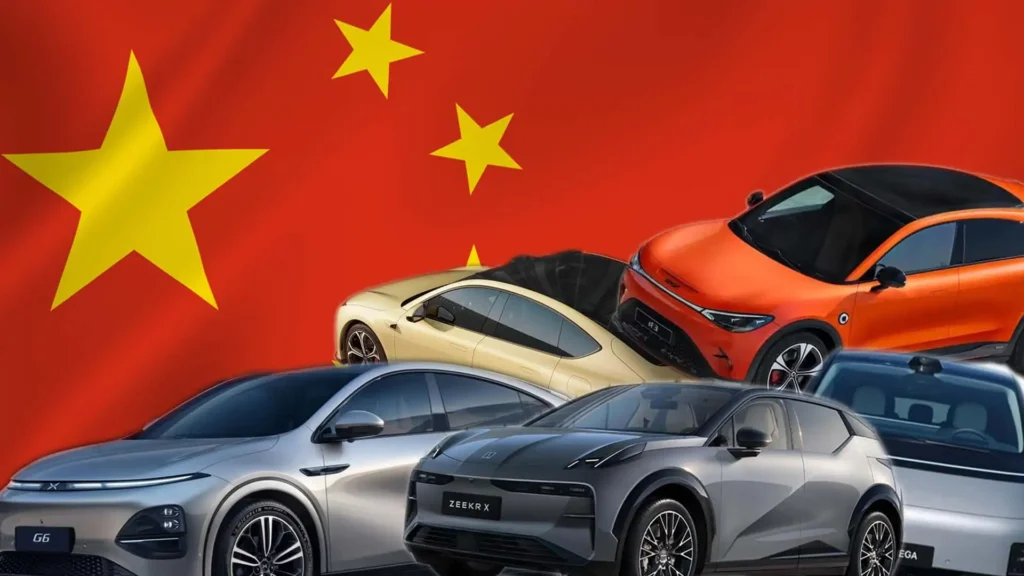China’s electric vehicles (EVs) manufactured in the European Union are currently leading the market, but this dominance may be temporary. The success of these vehicles is attributed to competitive pricing and strong government incentives.
Competitive Pricing and Government Support
Chinese automakers have leveraged lower production costs and substantial government subsidies to position their EVs competitively. These factors have enabled them to offer affordable models that appeal to a broad range of consumers in Europe. Additionally, the Chinese government has been actively supporting the expansion of EVs by providing incentives for both manufacturers and consumers.
Rising Competition from European Manufacturers
While Chinese EVs currently hold a strong market position, European automakers are ramping up their efforts to reclaim market share. Companies such as Volkswagen and BMW are investing heavily in EV technology and production facilities. These investments aim to produce competitive models that align with European consumer preferences and regulatory standards.
Future Market Dynamics
The landscape of the EV market in Europe is expected to become increasingly competitive. As European manufacturers enhance their offerings, the current dominance of Chinese-made EVs may face significant challenges. The eventual outcome will likely depend on continuous innovation, consumer preferences, and evolving government policies.
Regulatory Considerations
Regulations within the European Union play a crucial role in shaping the EV market. Initiatives aimed at reducing carbon emissions and promoting sustainable transportation are driving demand for electric vehicles. However, these regulations may also pose barriers for foreign manufacturers, including Chinese companies, if they fail to meet stringent environmental standards.
For more in-depth analysis, visit Reuters.
Original Story at news.google.com
